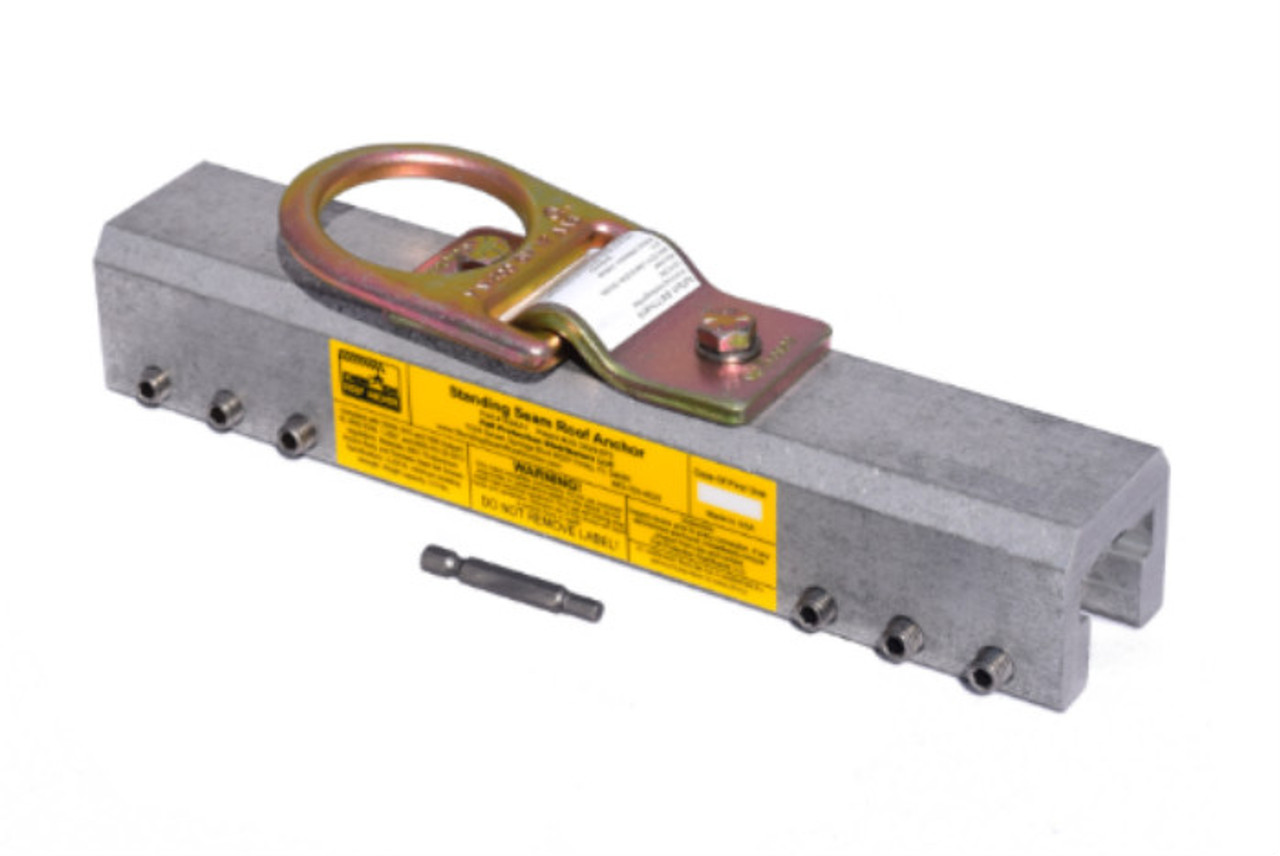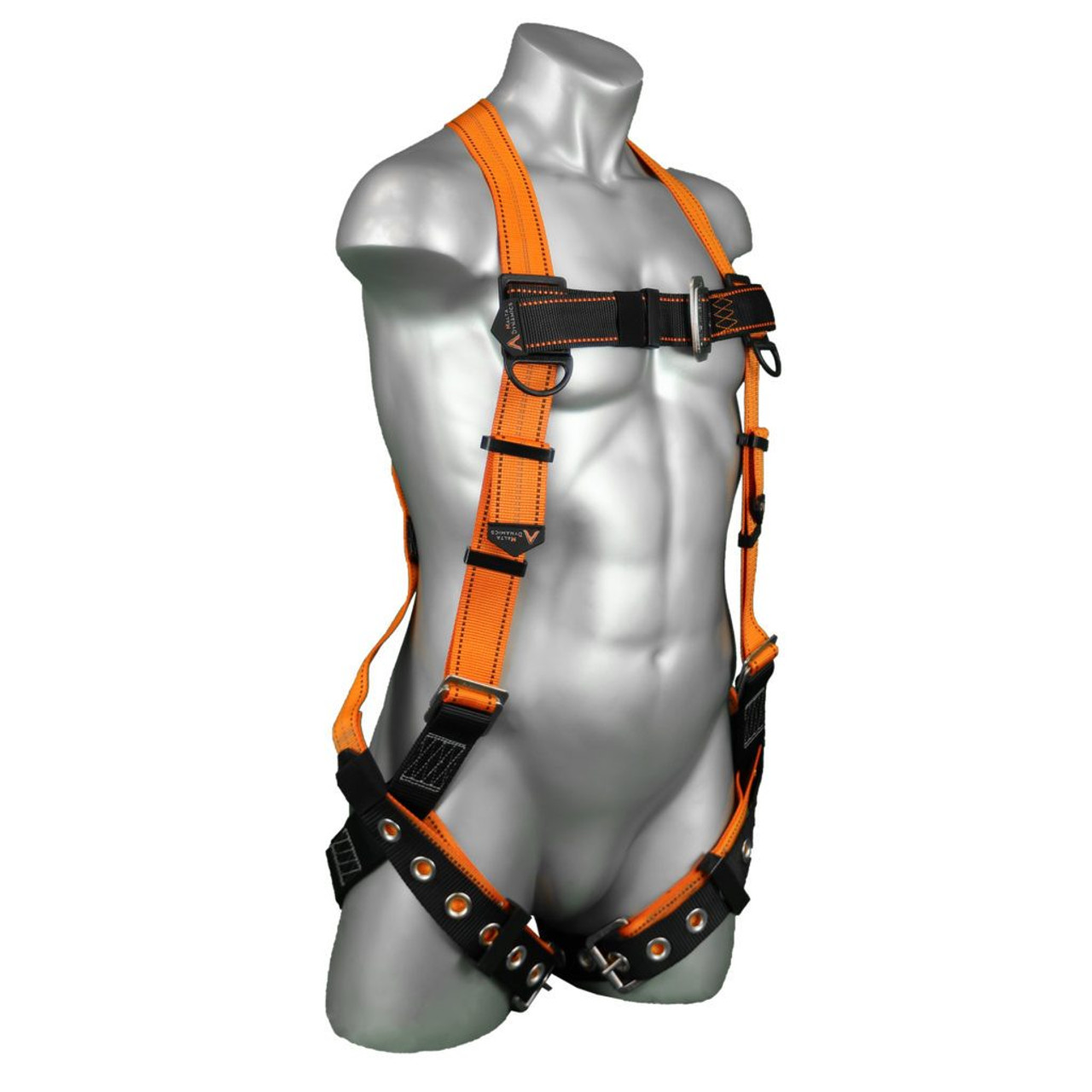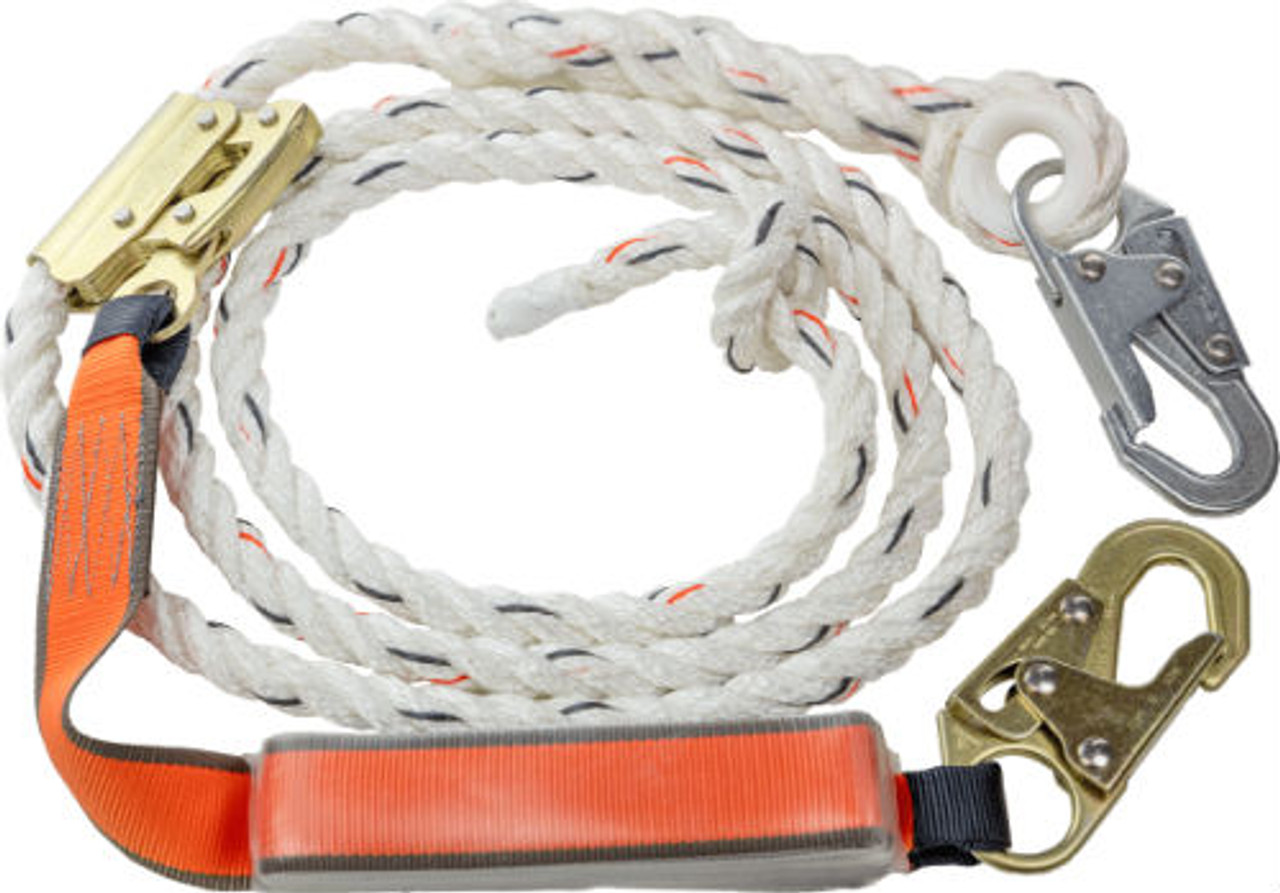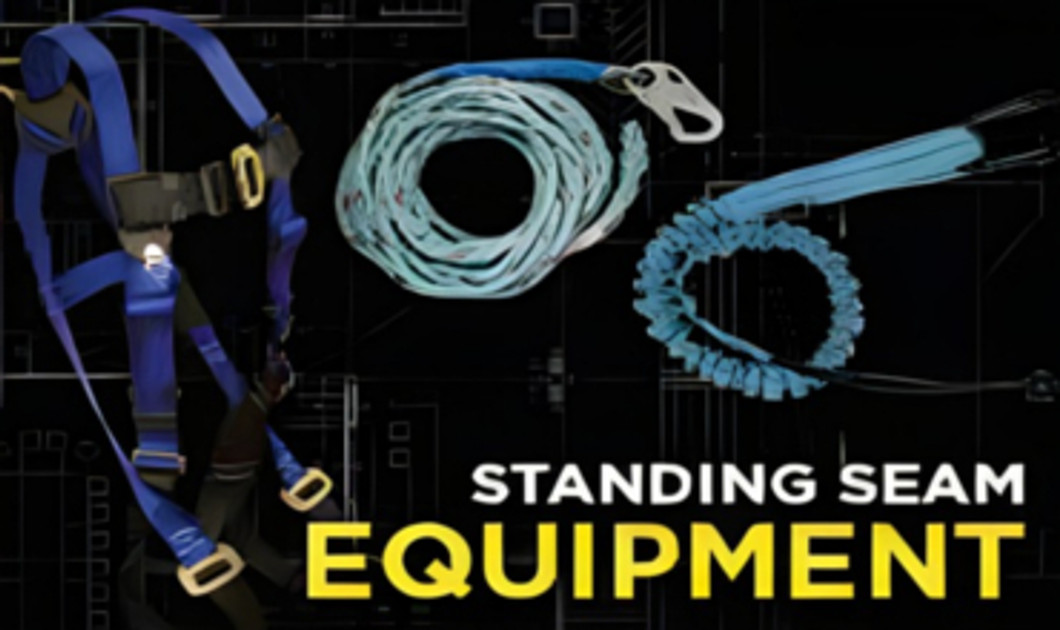The ABC's Of Working At Heights
Posted by Howie Scarboro - CEO Fall Protection Distributors, LLC on May 19th 2020
There is a safety risk associated with working at heights. One wrong move can surprise the worker with a trip similar to a rollercoaster drop—but with injuries and perhaps death as a bonus. If such activities are dangerous, why do people still do them?
Working at heights is merely a case of necessity because some jobs need to be done even at the risk of death. Would windows in high-rise buildings continue to stay clear despite the smog without courageous daredevils to clean them? Can the leakage in your roof magically fix itself without someone to repair it? If we could say a magic word and summon tools to do their jobs, it would be an easy fix, but unfortunately, the cold hard truth says no to the impossible.
Luckily, ingenious humans found a way to minimize the danger of falling. They did so by creating tools that have saved countless lives since its first appearance. They are called fall protection equipment, and they help to minimize the risk of a falling accident occurring.
The ABCs of Working at Heights
Professionals have developed a safety program called ABC. A refers to the Anchorage point, B refers to a worker's Body harness, while C refers to the Connection that links the worker to the anchorage point if an accident should occur.
A is for Anchor
All fall protection equipment utilizes an anchorage point, which serves as the central saving grace of workers at heights. An anchorage point has two different uses: for work restraint and fall arrest. As an anchorage point for work restraint, the workman's movement is limited by the connection. The rope should be long enough for the worker to do his job, but short enough to prevent him from falling. A fall arrest anchorage point prevents the worker from impacting the ground or a lower level. An excellent example would be the Standing Seam Roof Anchor SSRA1 for standing seam metal roofs.

B is for Bodywear
B refers to bodywear, which means that workers should wear a harness that's comfortable and correctly worn. If a body harness isn't worn correctly, the wearer could slip out of the harness and fall to the ground. To prevent such tragedies, users should have proper training on current harness designs and use. They must fit snug with the dorsal d-ring being located at the base of the neck and a back strap to prevent the worker from falling backwards out of the harness during a fall.
A popular full body harness is the Malta Dynamics B2002 L/XL harness with excellent range of size adjustment for most body types.

C is for Connection
Lastly, the connection covers the equipment used to connect harness to the lifeline or anchor point. Often, these connectors will have built-in shock ansorbers to reduce the impact loads on the human body during falls. The link should be durable enough to hold the weight of the workers, which means the tensile strength of these ropes could measure as much as ten times the anticipated weight. This level of security reassures people that the connection won’t break from the weight and force of someone falling.
An example of a lanyard connection from the harness to the anchor point would be the Malta Dynamics C7050 50' vertical lifeline with rope grab and shock pack.

What Happens If a Fall Occurs?
Fall protection equipment is primarily used for its work restraint feature. That said, humans are far from perfect, and there is a risk that the connection intended for a work restraint is longer than what it should be. In the event of a fall, a personal energy fall absorber or PEA helps absorb some of the loading. In addition to that, there are SRD/SRL fall arresters that retract as workers move closer to the anchorage point.
If you're looking for high-quality fall protection equipment, contact Fall Protection Distributors, LLC. We are Lemoyne-based suppliers of fall protection equipment with solid roof anchor points. Let us make your job safer today!

